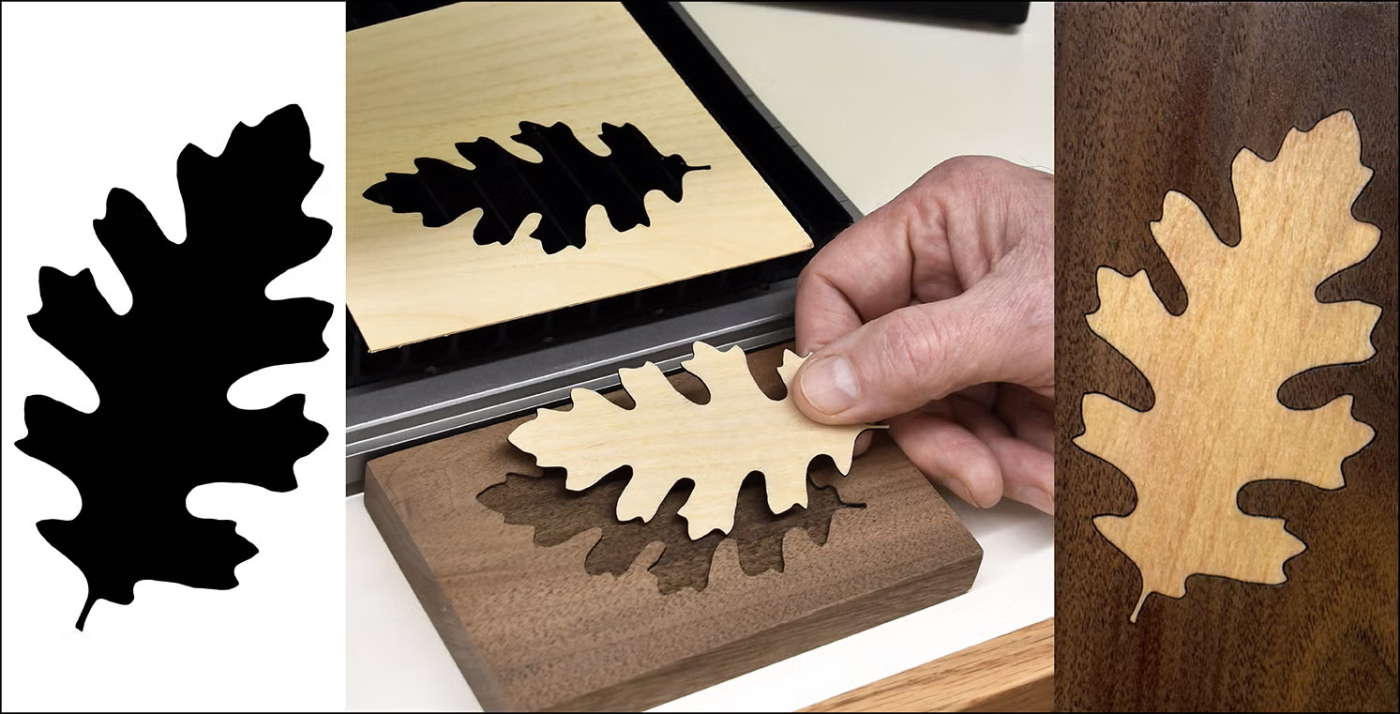We may receive a commission when you use our affiliate links. However, this does not impact our recommendations.

Have you walked into a furniture store lately?
Let me rephrase that: Have you been able to walk into a furniture store lately?
Until yesterday, it had been several years since I’d darkened the door of a place that sold wooden furniture. My last visit to a furniture store was an Arhaus here in Cincinnati. It’s a pretty high-end furniture store, a bit more casual than Baker and Ethan Allen.
After about 30 minutes, I thought that the employees were going to ask me to leave the store. While many of the pieces looked nice from a distance, I was just appalled by the wood selection and finishing jobs on these pieces, which became noticeable as you got closer.
There were tabletops glued up from boards that joined cathedral patterns to edge-grain patterns, over and over in the same top. I was most shocked because these could have been corrected easily by rearranging the same boards.
Doors had rails and stiles made using wood that had grain running every which way. And the panels in the center had the same problems as the tabletops. But the manufacturers had a solution: they obscured their poor wood selection with a dirty opaque stain/paint/gunk.
By this point, I must have sounded like I suffered from Tourette Syndrome because I was muttering to myself quite a bit.
My first thought was that the furniture was the result of slipping quality controls as furniture manufacturing moved overseas. But I don’t think that’s entirely it. I think that the vast majority of consumers cannot see the pieces the same way I see the piece. And this is probably the reason that many custom furniture makers struggle to make a living. Customers can see the overall form of a piece (which can be quite pleasing). They can see the smooth film finish (which is always pleasing). And they can see some construction details (“Oooh look, dovetailed drawers.”). And they can see the price.
I don’t think they can really see the grain or the particulars of the finish/sanding job, or the construction details that I see , such as a shiplapped solid-wood back. This is the curse shared by most woodworkers I know. We can build our projects to a much higher level of craftsmanship than a manufacturer because most of us don’t have to make a living making furniture.
But it sours us forever on buying commercial furniture.
So yesterday I walked into a Pottery Barn outlet store, and I hoped that maybe things had changed. But I only lasted about 15 minutes before I had to leave.
Here are some supplies and tools we find essential in our everyday work around the shop. We may receive a commission from sales referred by our links; however, we have carefully selected these products for their usefulness and quality.











Brint,
Moser is an exception to my sentiments above. I’ve been in several of his stores and seen lots of his pieces. He started out as a small shop that grew into an artisan manufacturing facility. Good point.
Chris
Sorry about your experience, Chris. As for me, I just returned this evening from taking my wife and 2 children on our annual visit to family in Virginia. The first half was in northern Virginia, where we drive into Georgetown (DC) and I spied the Thomas Moser gallery, where I spent a very nice half hour gazing at the pieces and chatting with the salesperson (attendant? curator?) before the kids got so bored we had to leave. After a week there we headed south to visit my in-laws in Williamsburg, where we made our customary visit to the cabinetmaker’s shop.
Let me know if you’d like directions to either of these places. I promise you a better experience than the one you wrote about… 😉
Brint
Being a relative beginner at woodworking I’m not as bothered about the aesthetics of grain pattern — yet. But I can say that learning about woodworking saved me from overpaying on a piece of furniture. We were shopping for a twin bed for our son and were considering a bed at Pottery Barn Kids, which was priced pretty high. I thought it might be worthwhile since the headboard looked like it was mortise and through tenon joinery, and I knew enough about woodworking to appreciate the effort to make one of these joints.
Then I took a closer look and realised that the "through tenon" was really a small block of wood dowelled and glued into place. In other words, it was just a decorative element. We bought a bed elsewhere.
That’s funny… We received a Pottery Barn catalog this week, and I took a flip through, expecting to find an inspiring piece to recreate… something I figured I could never afford unless I made it myself.
Try as I might, nothing held my attention long enough… perhaps if I gave myself an assignment to rethink something out of there I could find something I liked fine, but since I’m not suffering from a lack of projects, I’ll pass. Maybe the onslaught of catalogs this fall will do more to spark the imagination, but I’m not counting on it.